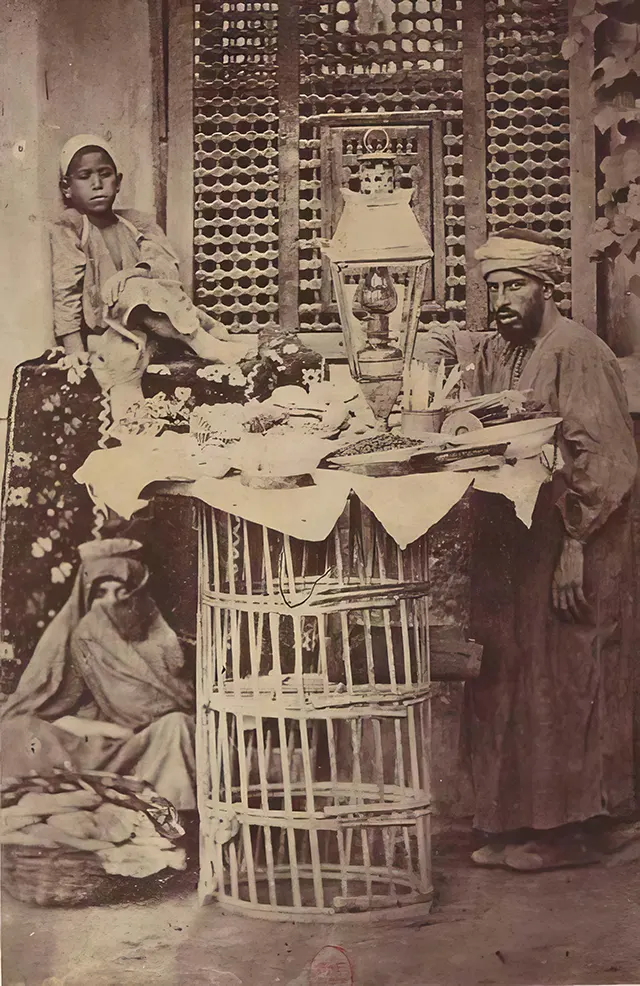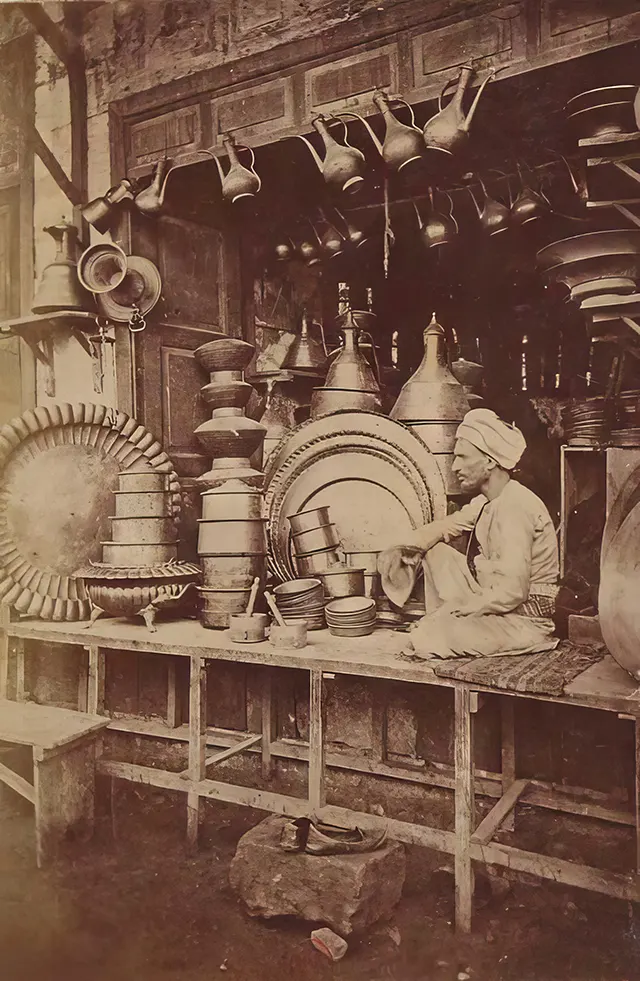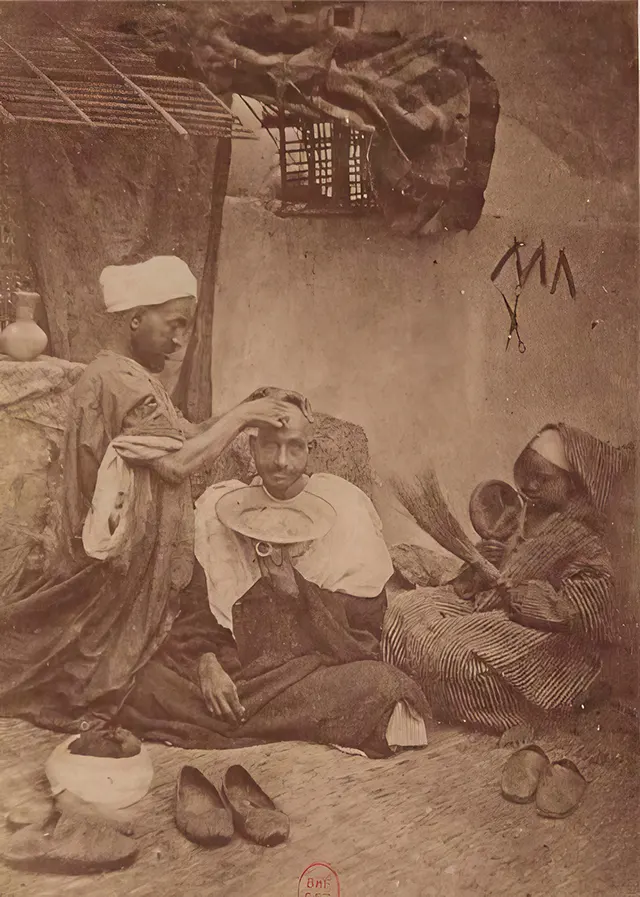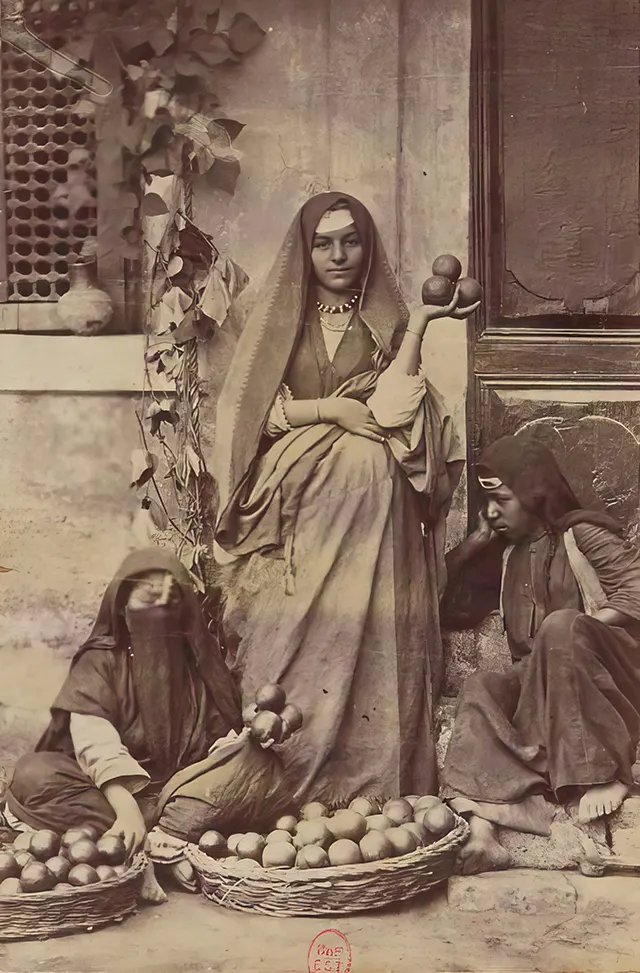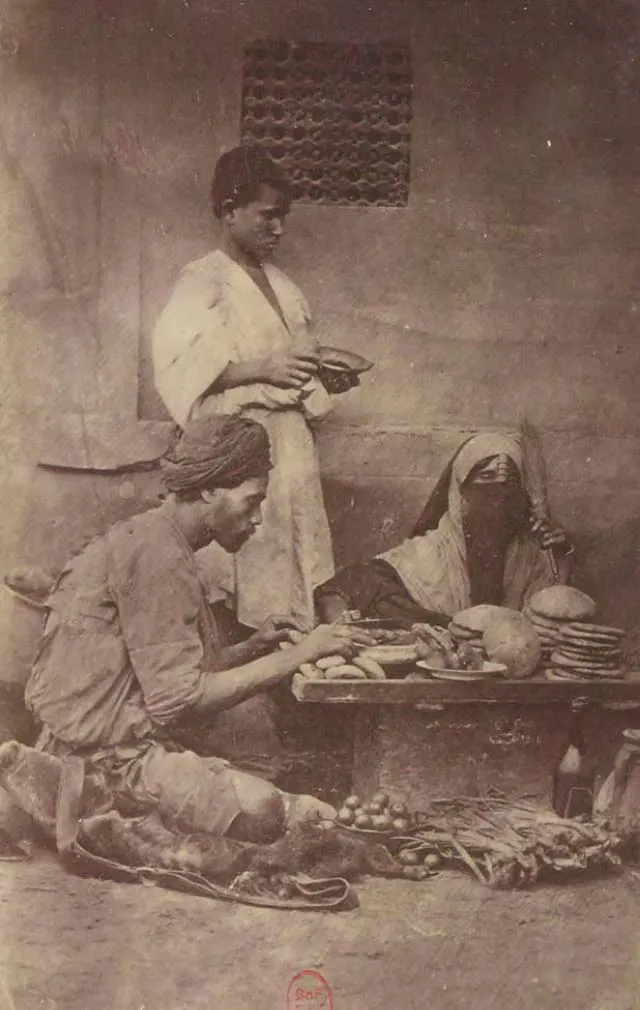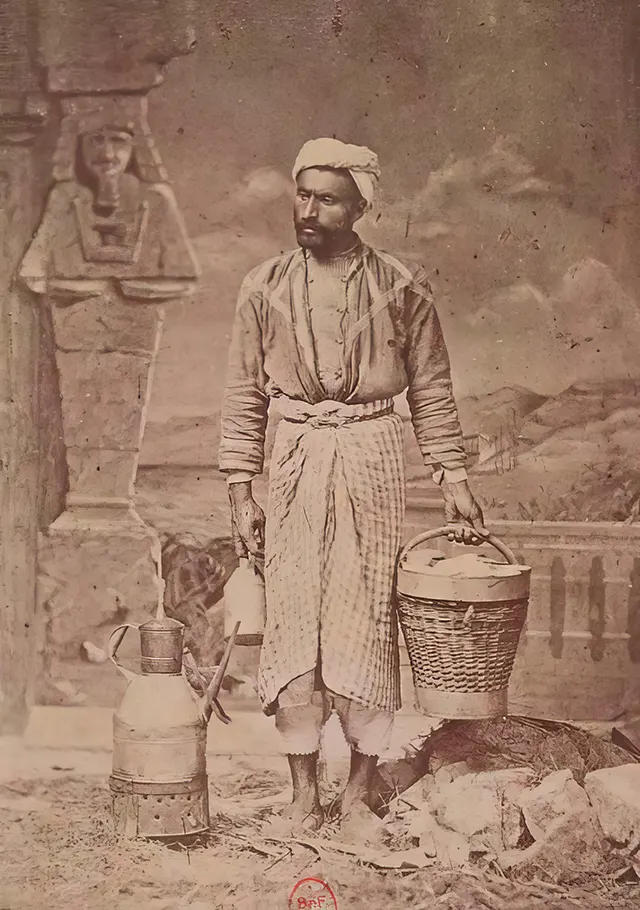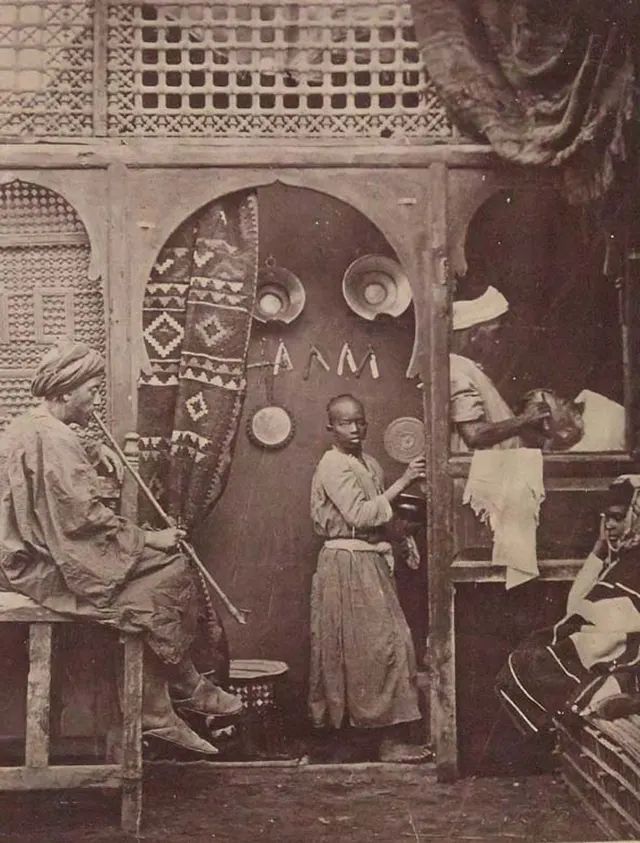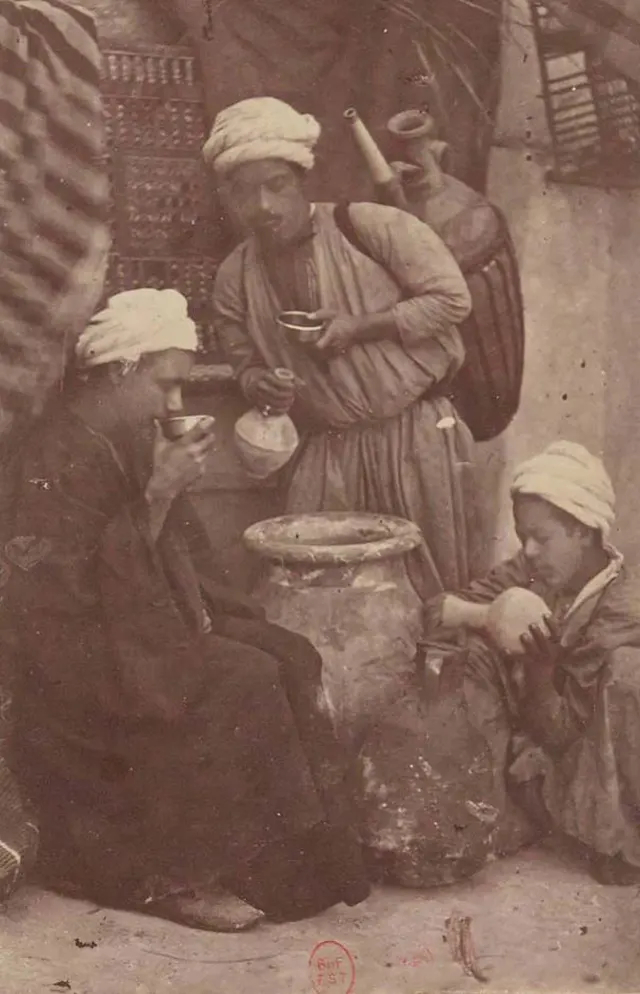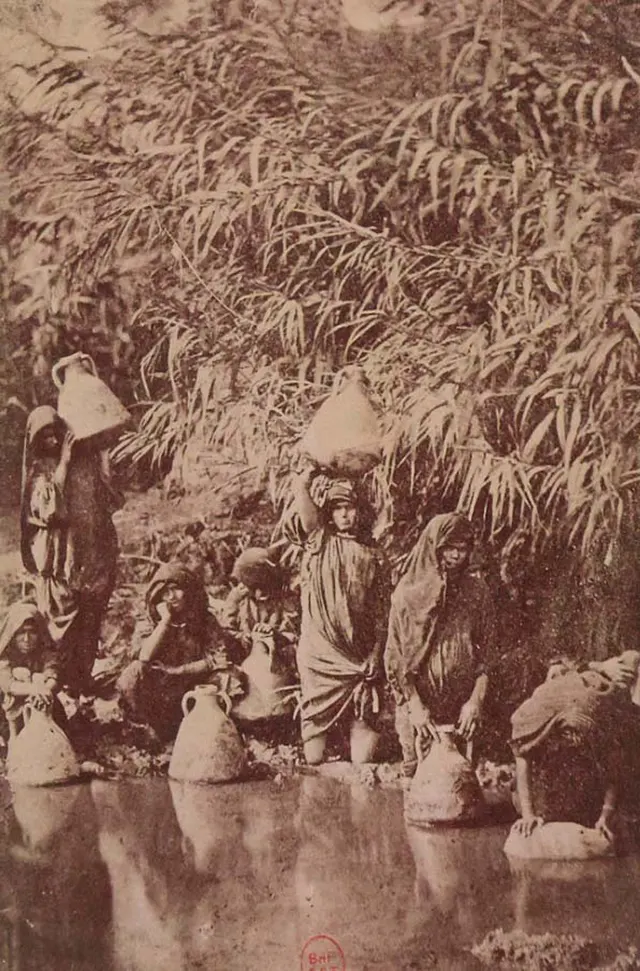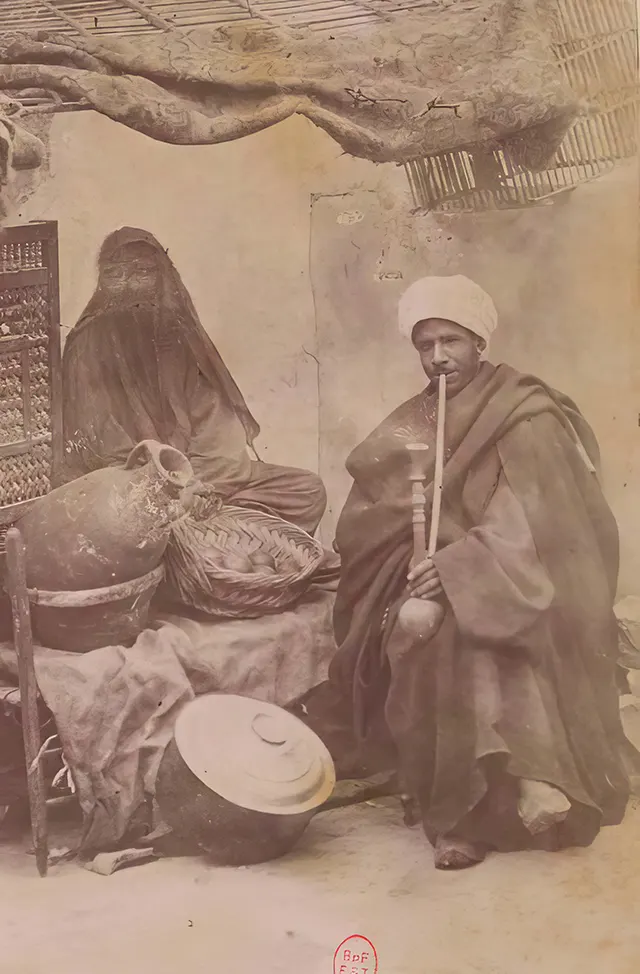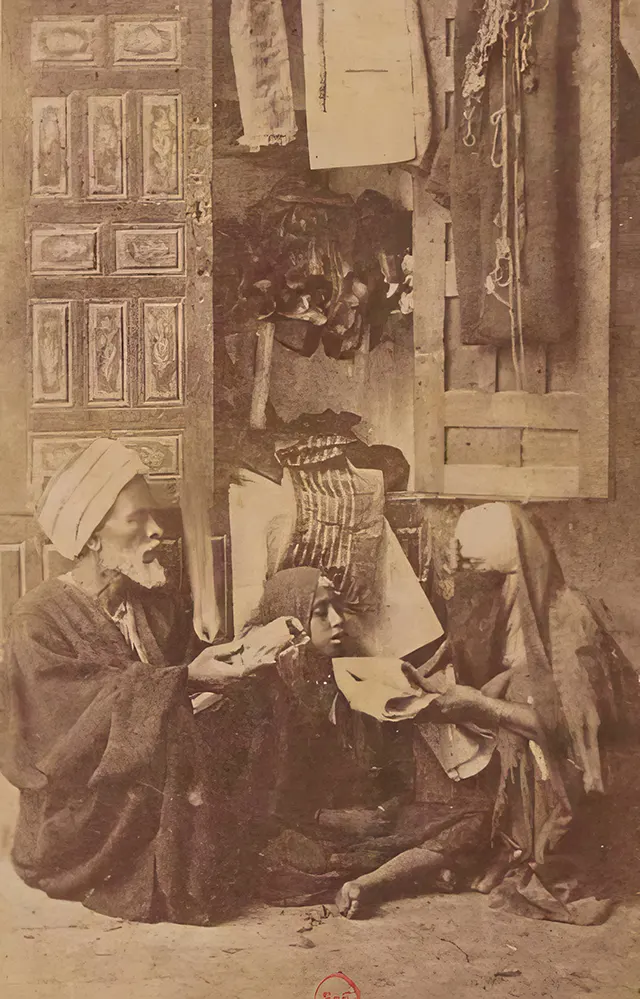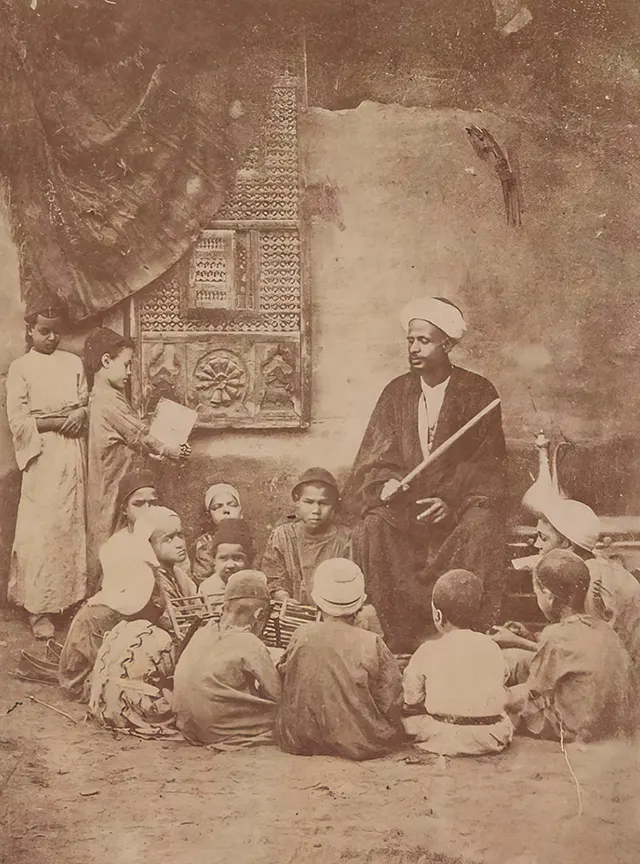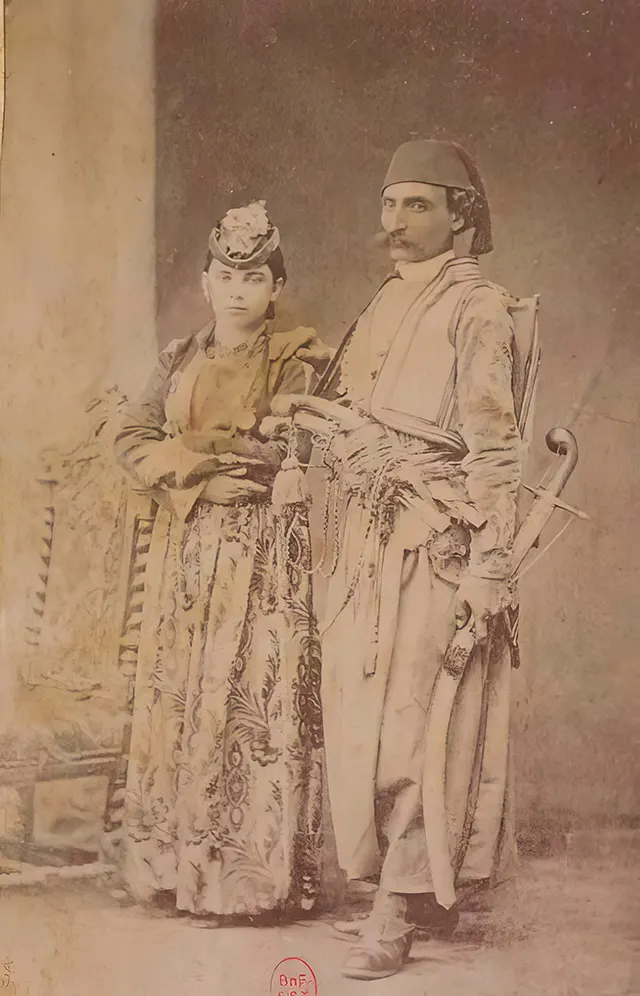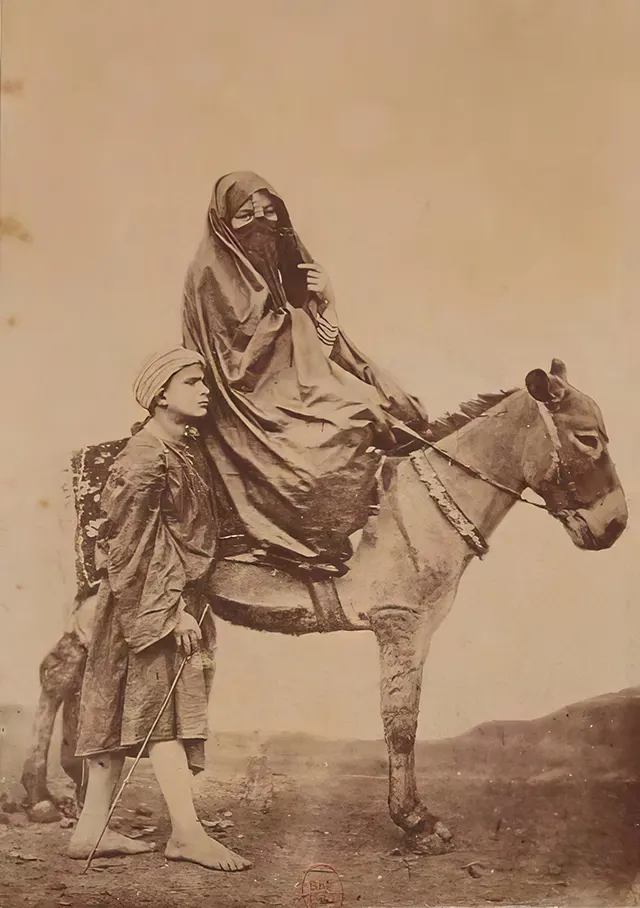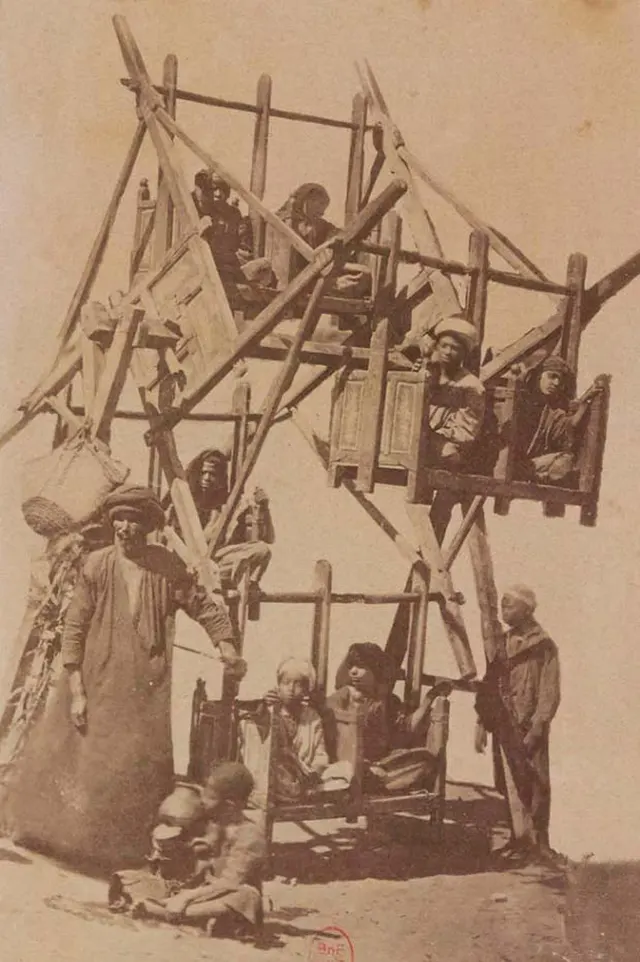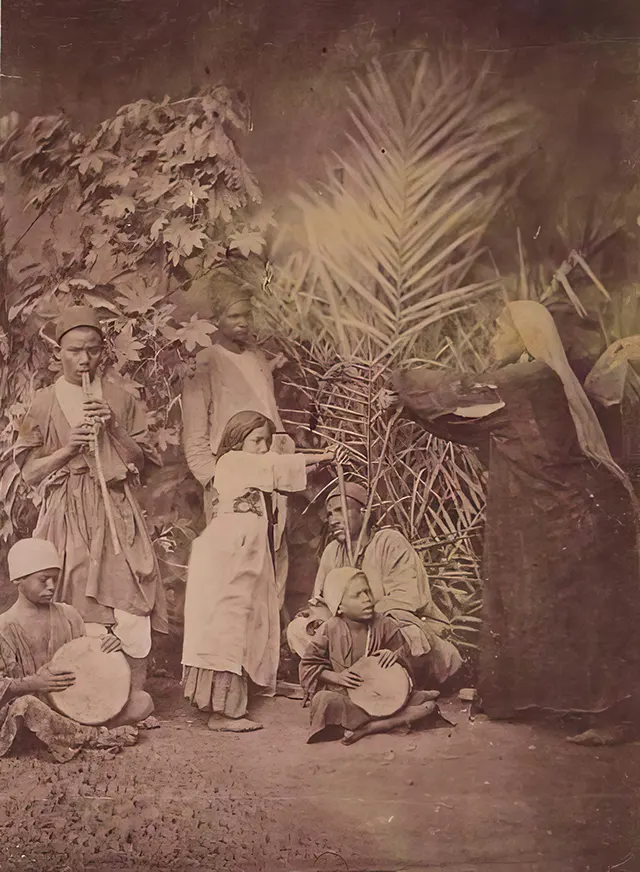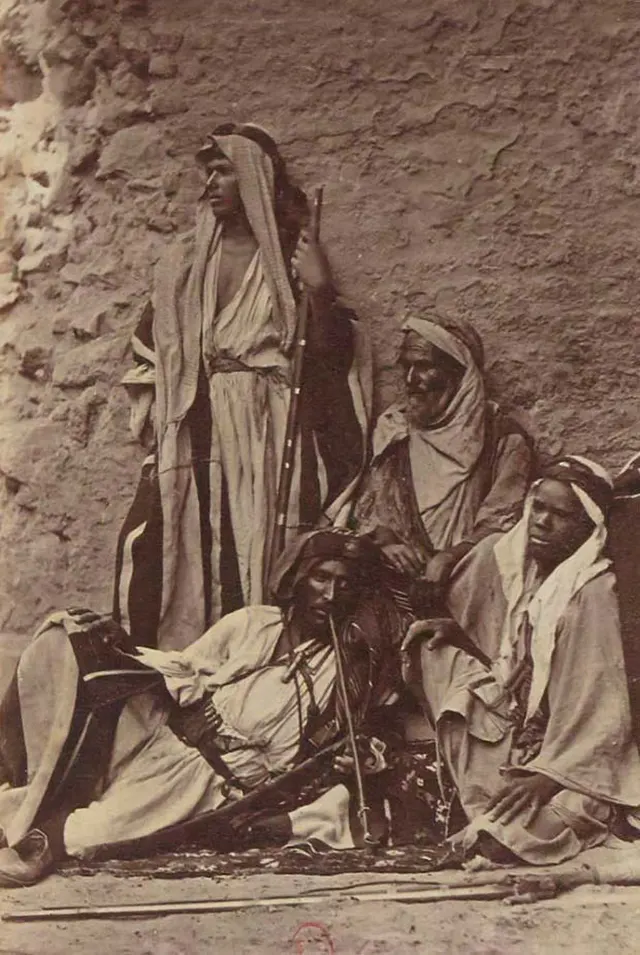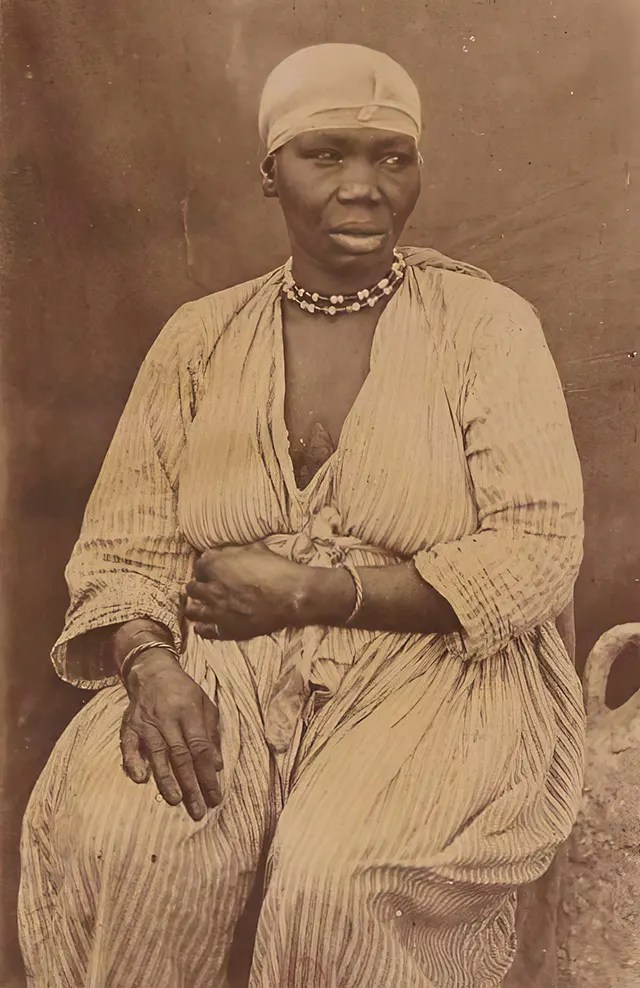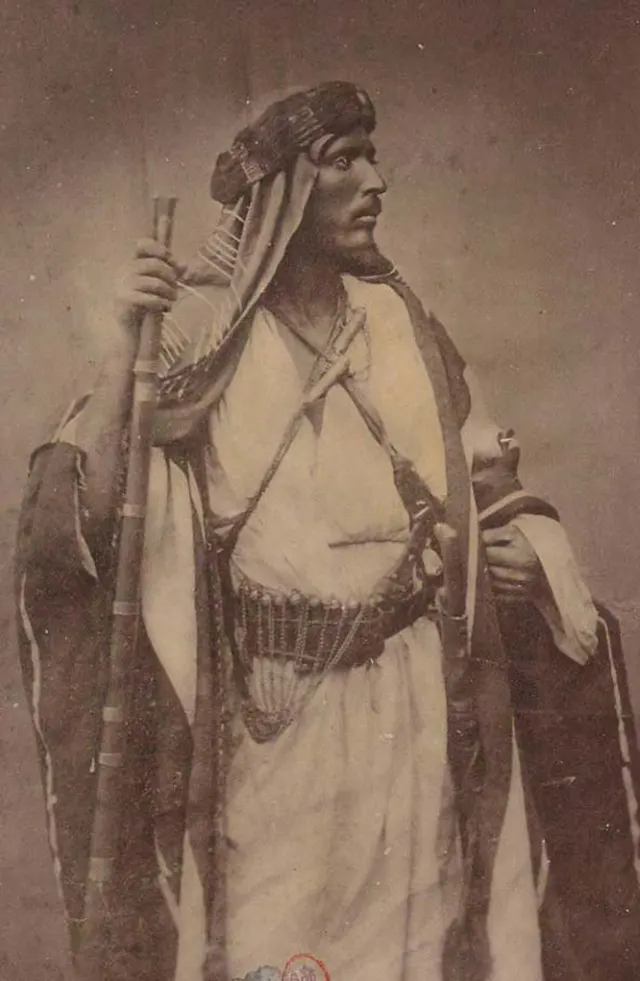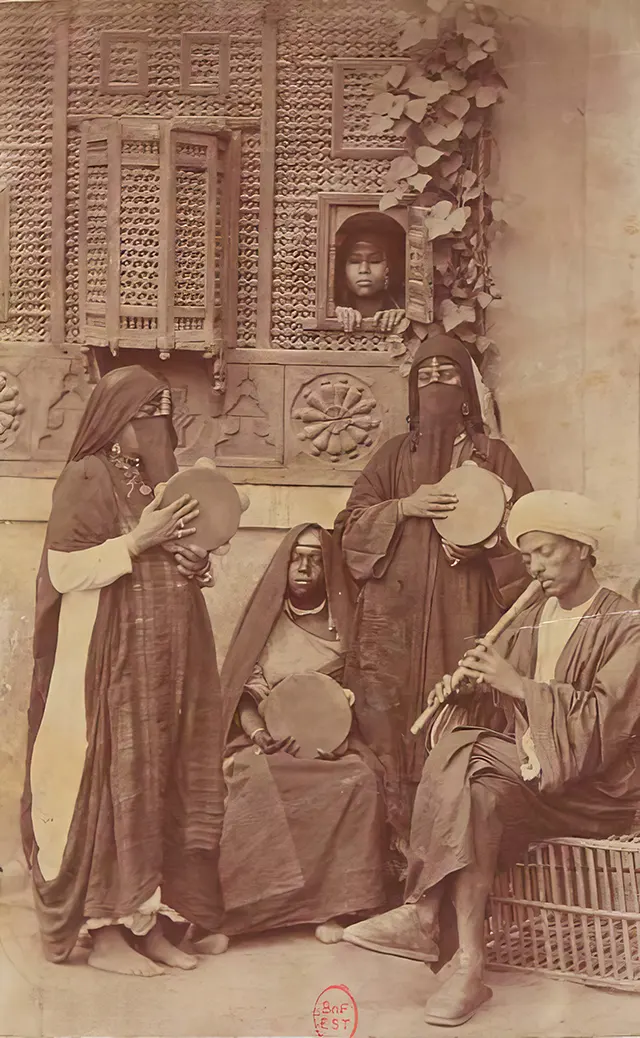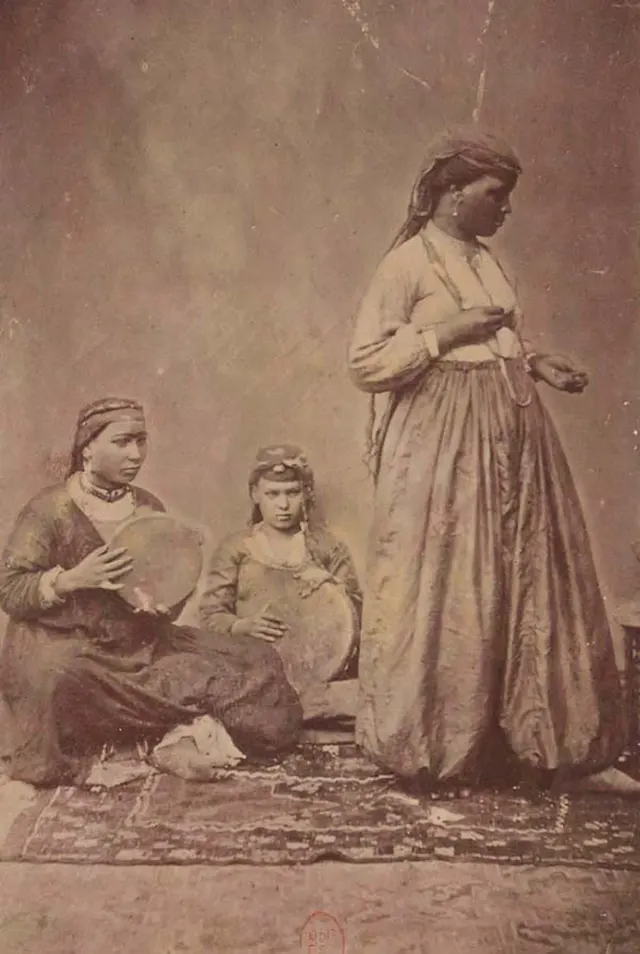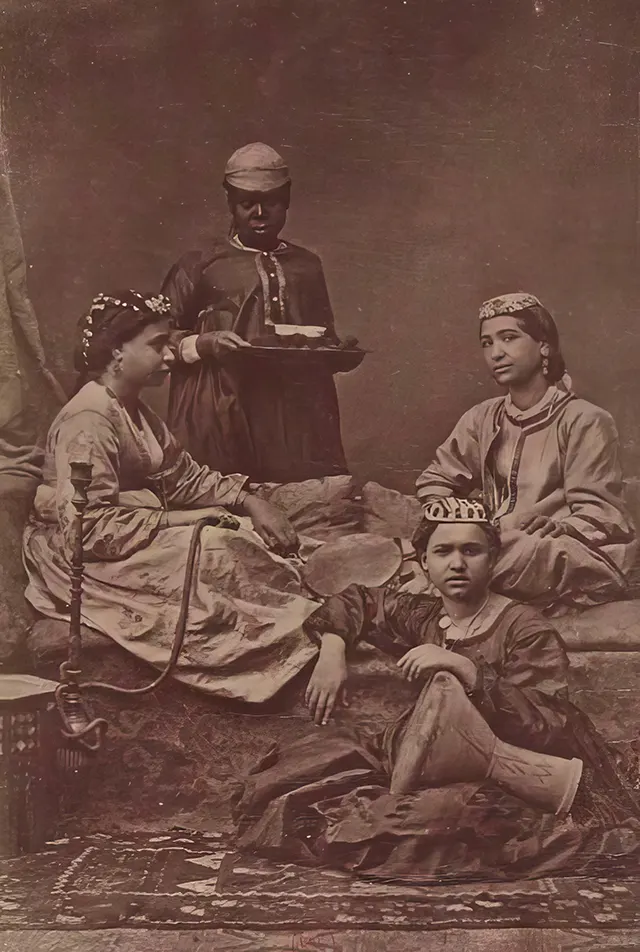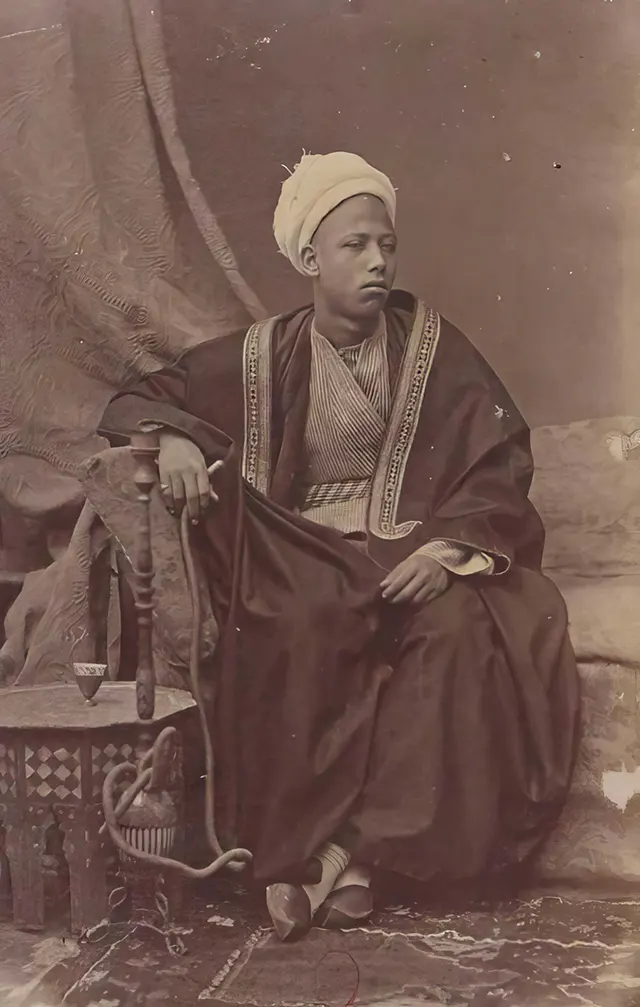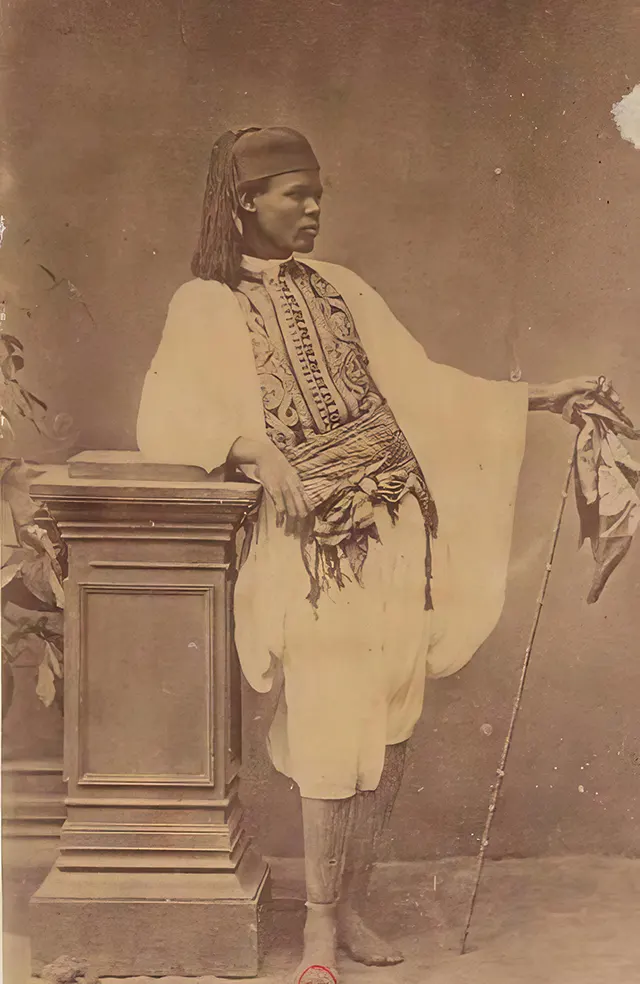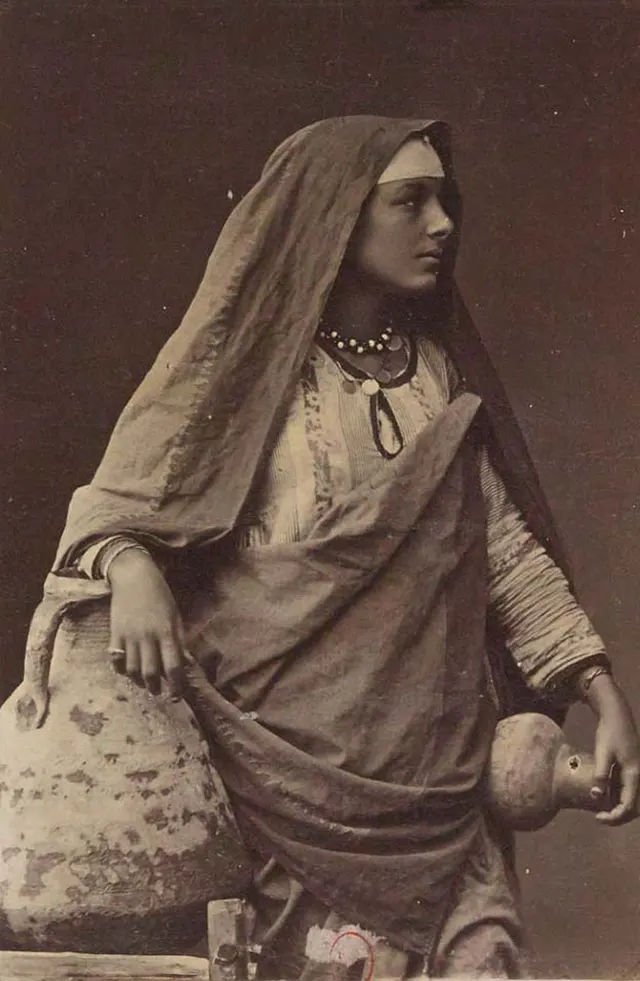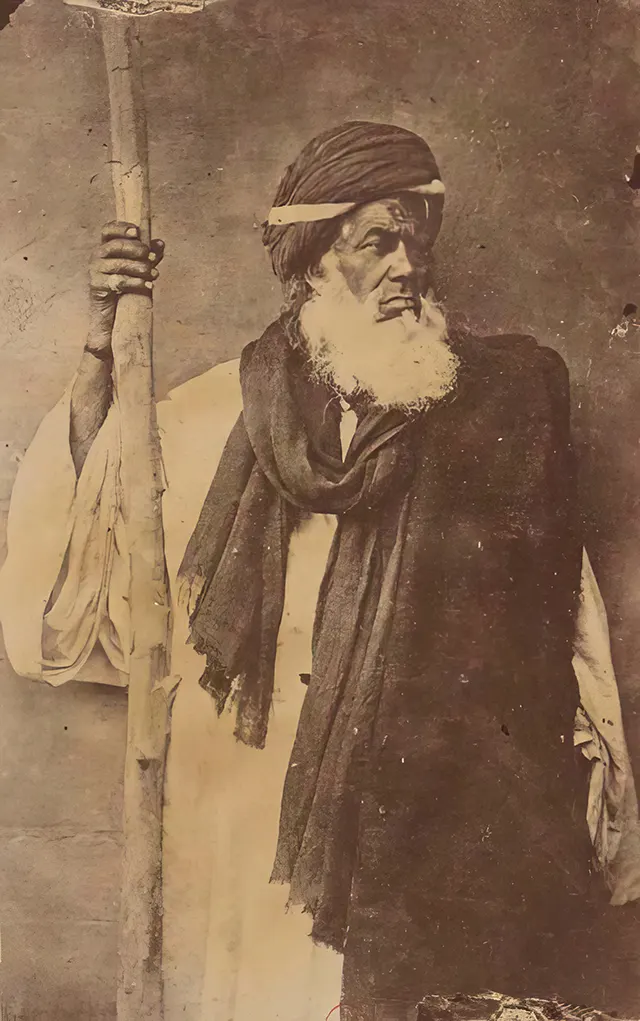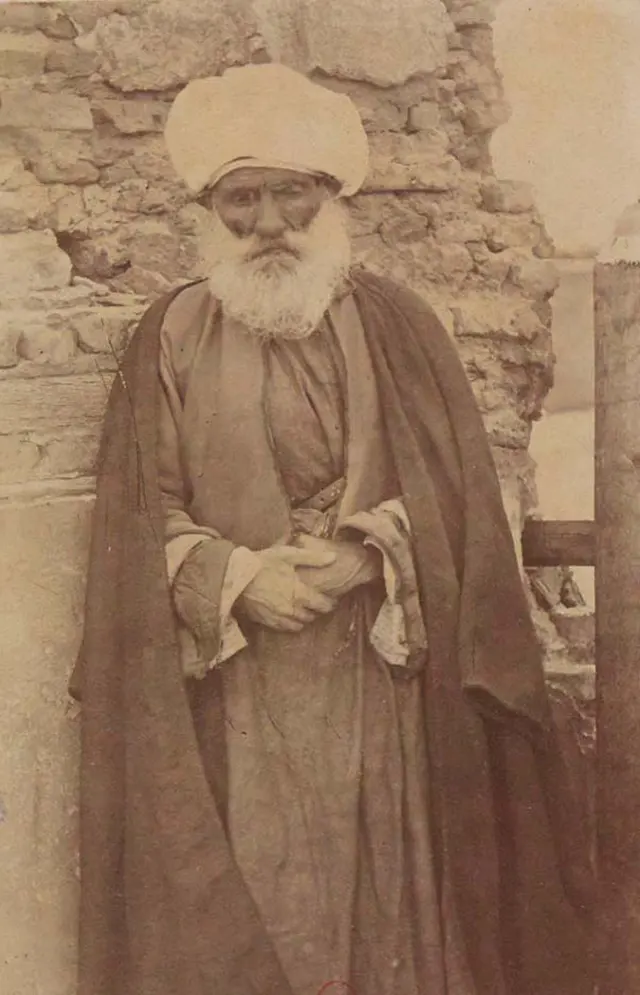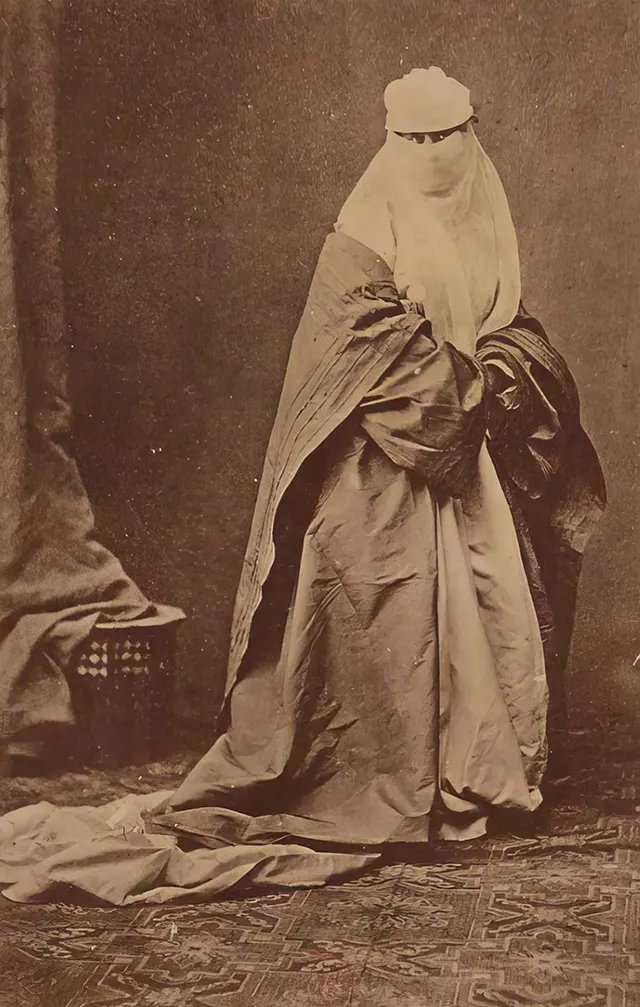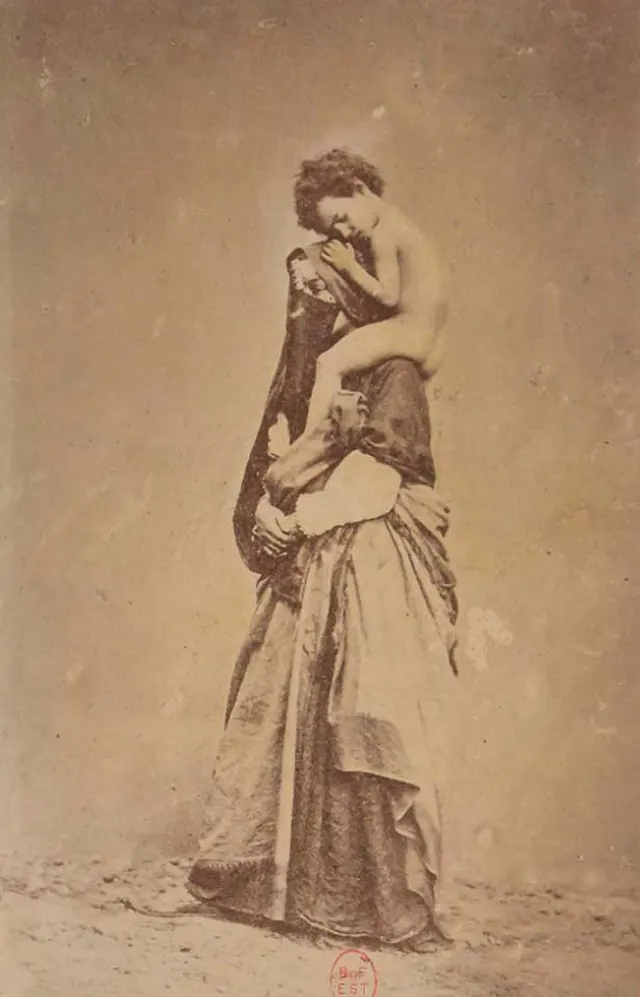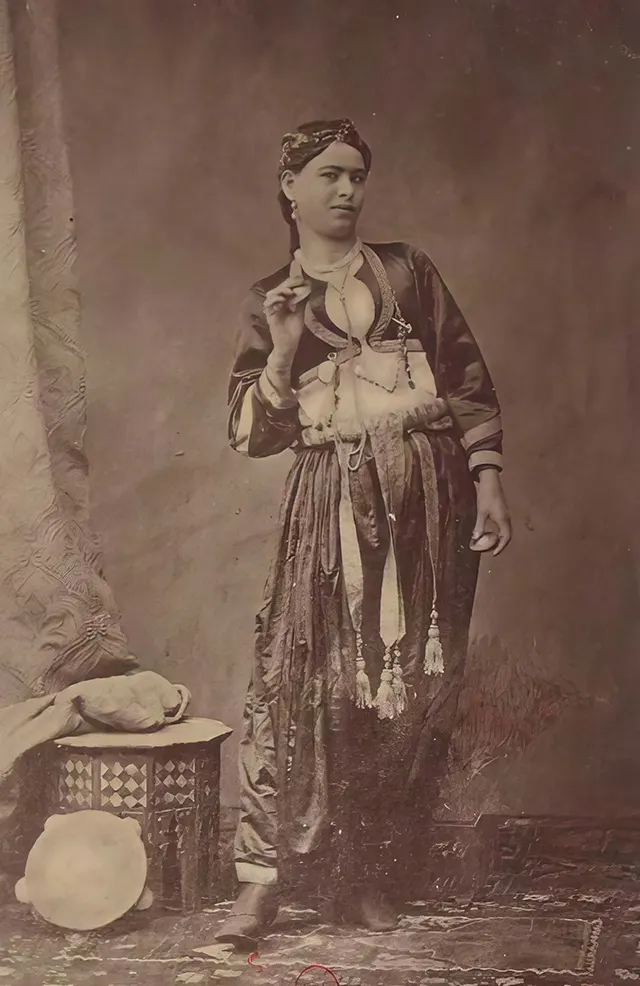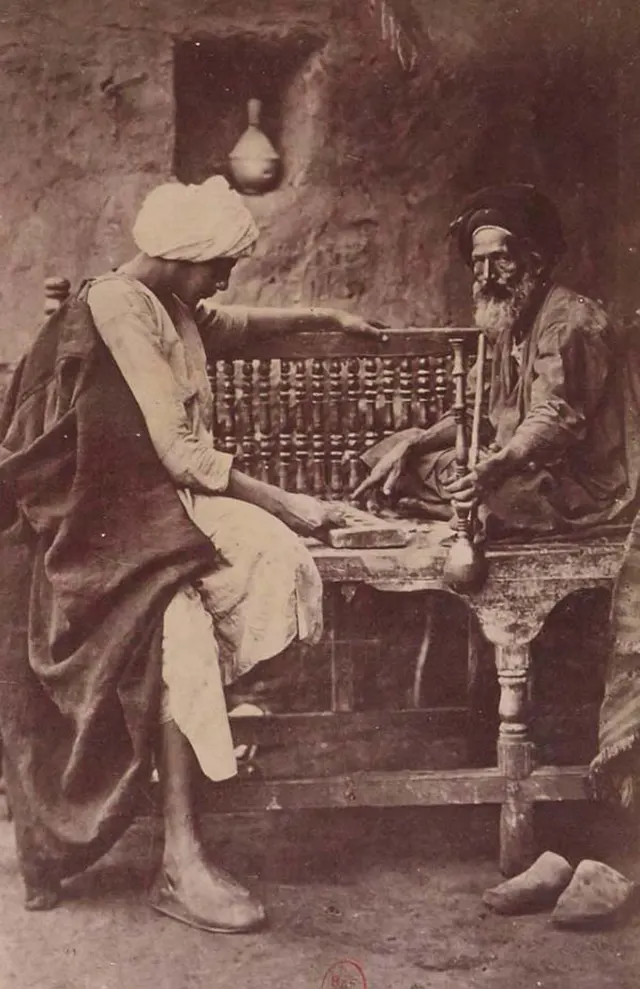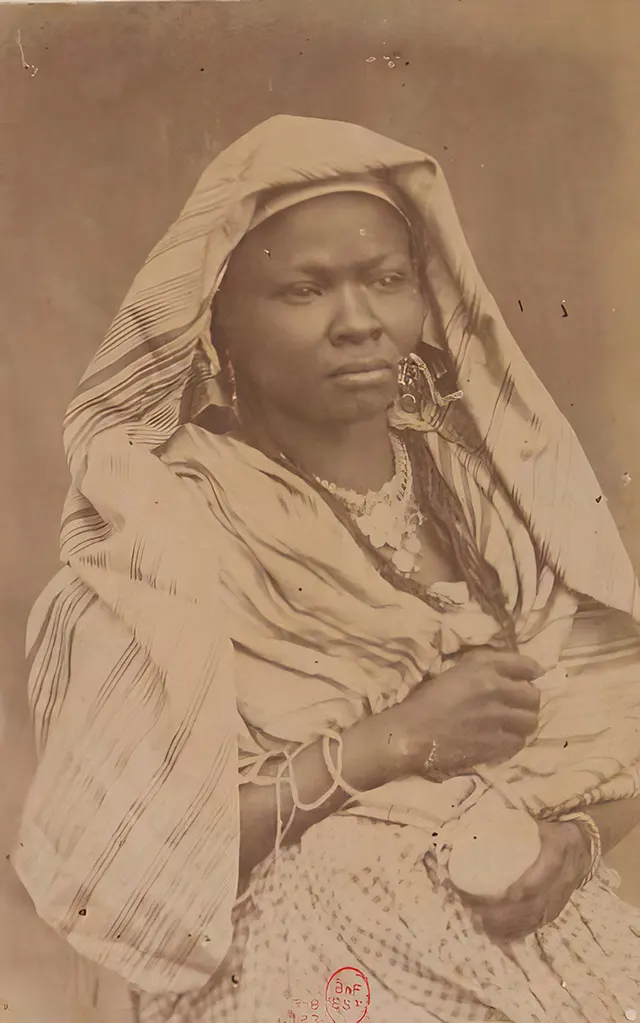In the 1870s, Egypt was a land of rich history and tremendous change. The streets of Cairo buzzed with life, filled with shopkeepers, street vendors, dancers, and workers. Amidst this vibrant atmosphere, a photographer named Émile Béchard captured the essence of Egyptian life through his lens. His photographs provide a captivating glimpse into the everyday experiences and culture of the time.
Émile Béchard: The Man Behind the Camera
Émile Béchard was active in Cairo from 1869 until 1880. During this period, he focused on capturing the diverse faces and characters of Egypt. His photographs highlight local figures, from shopkeepers to street merchants, who played essential roles in the bustling life of the city. Béchard’s work is notable for its orientalist perspective, which reflects the Western fascination with Eastern cultures.
Despite his significant contributions to photography, Émile Béchard remains somewhat enigmatic. For many years, historians believed that two photographers named Émile and “Henri” Béchard operated in Egypt. However, recent scholarship suggests that Émile may have used the second name to differentiate between various series of his work, such as portraits and architectural photographs.
Read more
An interesting discovery about Émile Béchard is that he had a brother named Hippolyte Béchard. Hippolyte likely played a role in selling and distributing Émile’s photographs in France. This connection provides insight into how Béchard’s work reached a broader audience, allowing people in Europe to view the life and culture of 19th-century Egypt.
The Cultural Context of 19th-Century Egypt
The Egypt of the 1870s was undergoing significant changes. Socioeconomic and political transformations were laying the groundwork for the modern state. Egypt’s economy began to integrate into the global capitalist system, which shifted the country from being primarily agricultural to becoming an exporter of raw materials to Europe. By the end of the century, Egypt was importing manufactured goods from Europe while exporting cotton and other materials.
This economic shift led to the rise of a ruling elite composed of large landowners of Turco-Circassian origin. Alongside them emerged a new class of medium-sized landowners of Egyptian origin, who increasingly influenced the political and economic landscape of the country. However, this transformation came with challenges. Many peasants lost their land due to debt, leading to migration to urban centers. As a result, the cities swelled with people seeking work, contributing to a growing population of underemployed and unemployed individuals.
Life in Urban Egypt
In urban areas, a professional middle class began to take shape. This group included civil servants, lawyers, teachers, and technicians who contributed to the city’s development. By the turn of the 20th century, Egypt’s population was around 10 million, with approximately 2 million living in towns and cities. Of these, about 500,000 lived in cities with populations exceeding 20,000.
Alexandria emerged as a major financial and commercial hub for the cotton industry during this time. New towns like Az Zaqaziq and Port Said were established on the Suez Canal, further expanding urbanization. The population growth in these cities was primarily due to peasants migrating from the countryside, searching for better opportunities. While some found work as laborers or petty traders, many joined the ranks of the unemployed or underemployed.
By the late 19th century, a working class had formed. This group mainly comprised transport and building workers, as well as those employed in the few existing industries, such as sugar refineries and ginning mills. However, a substantial portion of the new urban lower class consisted of people without fixed employment, leading to increased poverty and hardship.
The Decline of Traditional Crafts
The influx of cheaply made European imports had a significant impact on traditional Egyptian crafts and industries. Many artisans struggled to compete with the low prices of European goods. While some crafts, such as basketry, pottery, and rug weaving, managed to survive, others, like textiles and glassblowing, faced near extinction.
Urban guilds, which had once supported local craftsmen, began to decline and eventually disappeared as Europeans took over production and commerce. This economic change diminished the status of the traditional middle class, which included the ulama, the religiously educated elite, and merchants. The ulama and merchants were closely connected through family and business ties. However, the socioeconomic shifts of the time significantly reduced their influence and wealth.
Béchard’s Photographic Legacy
Émile Béchard’s photographs present a unique window into this period of transformation in Egypt. His portraits reveal the diverse characters of Cairo, showcasing the clothing, expressions, and daily activities of the people. Each image tells a story, capturing moments of joy, hardship, and resilience. Béchard’s ability to convey emotion through his lens makes his work truly remarkable.


